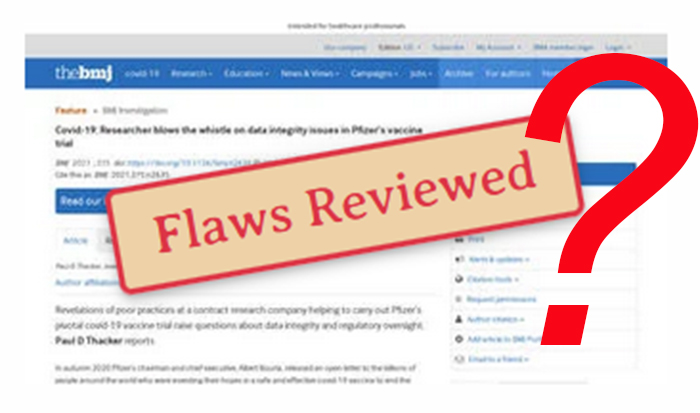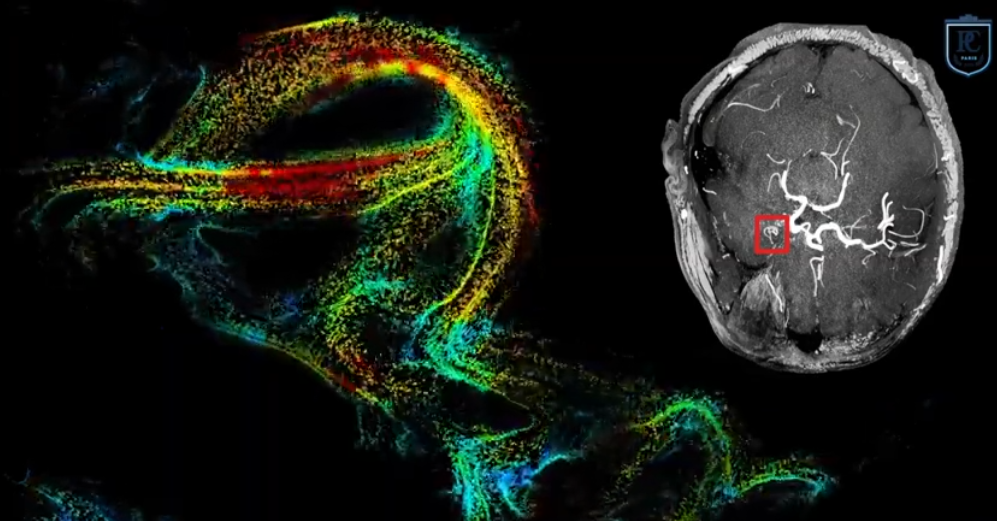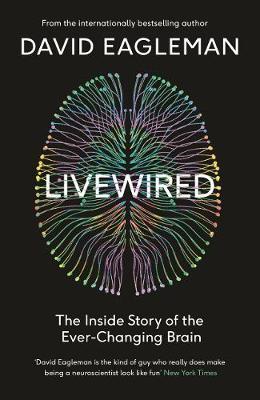Friday, 15 July 2022
Who Fact-Checks the Fact-Checkers?
 That’s not so simple a question as it may seem, because although we are often rightfully warned against people who claim to have “done their research” on some subject or other and to have discovered unbelievable secrets about it, we are also often asked to accept fact checkers as sources of absolute truth, when they’re really not. They’re just ordinary journalists who are being paid to do their jobs as best they know how while dealing with complex, specialized disciplines and concepts with which they are no more familiar than you or I. So in the end, what do fact checkers offer us? Their own subjective accounts of small slices of reality that they think they have understood and that we hope most of them are presenting in a responsible way—in other words, a far cry from what is suggested by the categorical labels of “true” and “false” that all too often litter fact checkers’ articles on complex subjects such as the human brain, or Covid-19. (more…)
That’s not so simple a question as it may seem, because although we are often rightfully warned against people who claim to have “done their research” on some subject or other and to have discovered unbelievable secrets about it, we are also often asked to accept fact checkers as sources of absolute truth, when they’re really not. They’re just ordinary journalists who are being paid to do their jobs as best they know how while dealing with complex, specialized disciplines and concepts with which they are no more familiar than you or I. So in the end, what do fact checkers offer us? Their own subjective accounts of small slices of reality that they think they have understood and that we hope most of them are presenting in a responsible way—in other words, a far cry from what is suggested by the categorical labels of “true” and “false” that all too often litter fact checkers’ articles on complex subjects such as the human brain, or Covid-19. (more…)
From the Simple to the Complex | Comments Closed
Monday, 20 June 2022
Rediscovery of the traces of another hominin species from the same time as Lucy
 The earliest traces of bipedalism are associated with Australopithecus afarensis, the species of the famous fossil Lucy. But if a study published recently in the journal Nature is accurate, scientists have just authenticated different traces of another bipedal species that lived at exactly the same time. (more…)
The earliest traces of bipedalism are associated with Australopithecus afarensis, the species of the famous fossil Lucy. But if a study published recently in the journal Nature is accurate, scientists have just authenticated different traces of another bipedal species that lived at exactly the same time. (more…)
Evolution and the Brain | Comments Closed
Monday, 30 May 2022
Ultrasound localization microscopy provides unprecedented view of blood flow in the brain
 The technologies that can now be used to image various aspects of the anatomy and physiology of the brains of living human beings are triumphs of scientific and technical inventiveness. One of the newest of these techniques is ultrasound localization microscopy, which was recently used to provide the first-ever dynamic images of blood flowing through the capillaries of the brain. This new ability to view blood circulation in the brain so rapidly and precisely opens opportunities for a better understanding of the irrigation of the brain and the problems that can arise with it, such as aneurysms. (more…)
The technologies that can now be used to image various aspects of the anatomy and physiology of the brains of living human beings are triumphs of scientific and technical inventiveness. One of the newest of these techniques is ultrasound localization microscopy, which was recently used to provide the first-ever dynamic images of blood flowing through the capillaries of the brain. This new ability to view blood circulation in the brain so rapidly and precisely opens opportunities for a better understanding of the irrigation of the brain and the problems that can arise with it, such as aneurysms. (more…)
Uncategorized | Comments Closed
Monday, 25 April 2022
Our brain: neither hardware nor software, but “liveware”!
 This week I’d like to tell you about a book by David Eagleman, entitled Livewired: The Inside Story of the Ever-Changing Brain. This book discusses several subjects related to brain plasticity, which is one of Eagleman’s research areas. In this book, one of Eagleman’s main ideas, which he attempts to conceptualize with the term “livewired”, is that the human brain is a machine that spends its time reconfiguring itself. In contrast, computers are “hardwired” with predefined electronic circuits that run software—computer programs that use this computer hardware to perform mathematical calculations and logic operations. The human mind or human thought has often been erroneously compared to a software program that needs the “hardware” of the human brain to manifest itself. This is a very poor metaphor for many reasons, of which the one cited by Eagleman is not the least. (more…)
This week I’d like to tell you about a book by David Eagleman, entitled Livewired: The Inside Story of the Ever-Changing Brain. This book discusses several subjects related to brain plasticity, which is one of Eagleman’s research areas. In this book, one of Eagleman’s main ideas, which he attempts to conceptualize with the term “livewired”, is that the human brain is a machine that spends its time reconfiguring itself. In contrast, computers are “hardwired” with predefined electronic circuits that run software—computer programs that use this computer hardware to perform mathematical calculations and logic operations. The human mind or human thought has often been erroneously compared to a software program that needs the “hardware” of the human brain to manifest itself. This is a very poor metaphor for many reasons, of which the one cited by Eagleman is not the least. (more…)
From the Simple to the Complex | Comments Closed
Monday, 4 April 2022
How to avoid our natural tendency to divide the world between “us” and “them”
 This week, I’d like to talk about two articles on the work of Robert Sapolsky, a primatologist and neurobiologist who published the superb book Behave: The Biology of Humans at Our Best and Worst in 2017. In that book, Sapolsky stylishly and eloquently examined the many factors that have influenced our behaviours from the time of our primate ancestors through to the modern societies of today. He focused especially on our identity behaviours—the ones that make us divide the world into “us” and “them” and that so many politicians now exploit to try to capture our votes. (more…)
This week, I’d like to talk about two articles on the work of Robert Sapolsky, a primatologist and neurobiologist who published the superb book Behave: The Biology of Humans at Our Best and Worst in 2017. In that book, Sapolsky stylishly and eloquently examined the many factors that have influenced our behaviours from the time of our primate ancestors through to the modern societies of today. He focused especially on our identity behaviours—the ones that make us divide the world into “us” and “them” and that so many politicians now exploit to try to capture our votes. (more…)
From Thought to Language | Comments Closed







